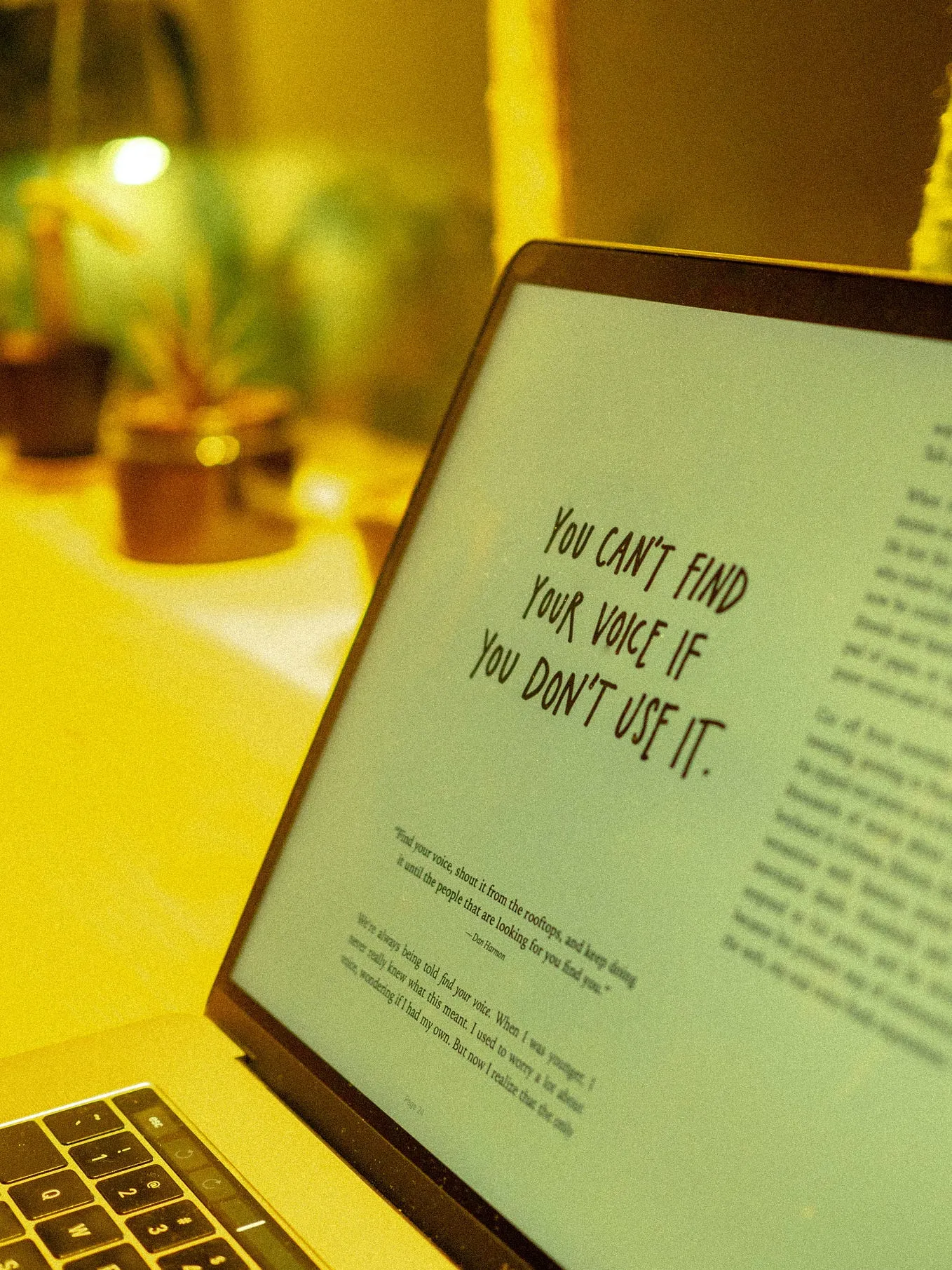Why a Cover Letter Matters for Literary Submissions
In the competitive world of literary submissions, a well-crafted cover letter can be the key that unlocks the door to publication. It’s your first impression, your chance to connect with an editor or agent on a personal level, and the vehicle that helps them understand the value of your work. Think of it as a sales pitch, a handshake, and a brief introduction all rolled into one. Without a compelling cover letter, your submission may be overlooked, regardless of how brilliant the writing itself is. A cover letter is not just a formality; it’s a strategic necessity in the literary landscape. It provides essential context, highlights your key strengths, and can set your work apart from the countless other submissions.
Understanding the Purpose of a Cover Letter
The primary purpose of a cover letter is to introduce you and your work to the recipient. It goes beyond merely stating the obvious – it’s about building a relationship, showcasing your professionalism, and demonstrating why your manuscript deserves attention. It gives you the chance to tell the story behind the story, providing insights into your inspiration, your process, and your overall goals as a writer. A well-written cover letter provides context, explains your submission’s significance, and makes a strong first impression. It’s also your opportunity to demonstrate that you understand the specific market you’re targeting, which is critical in making a good first impression.
Essential Components of a Cover Letter
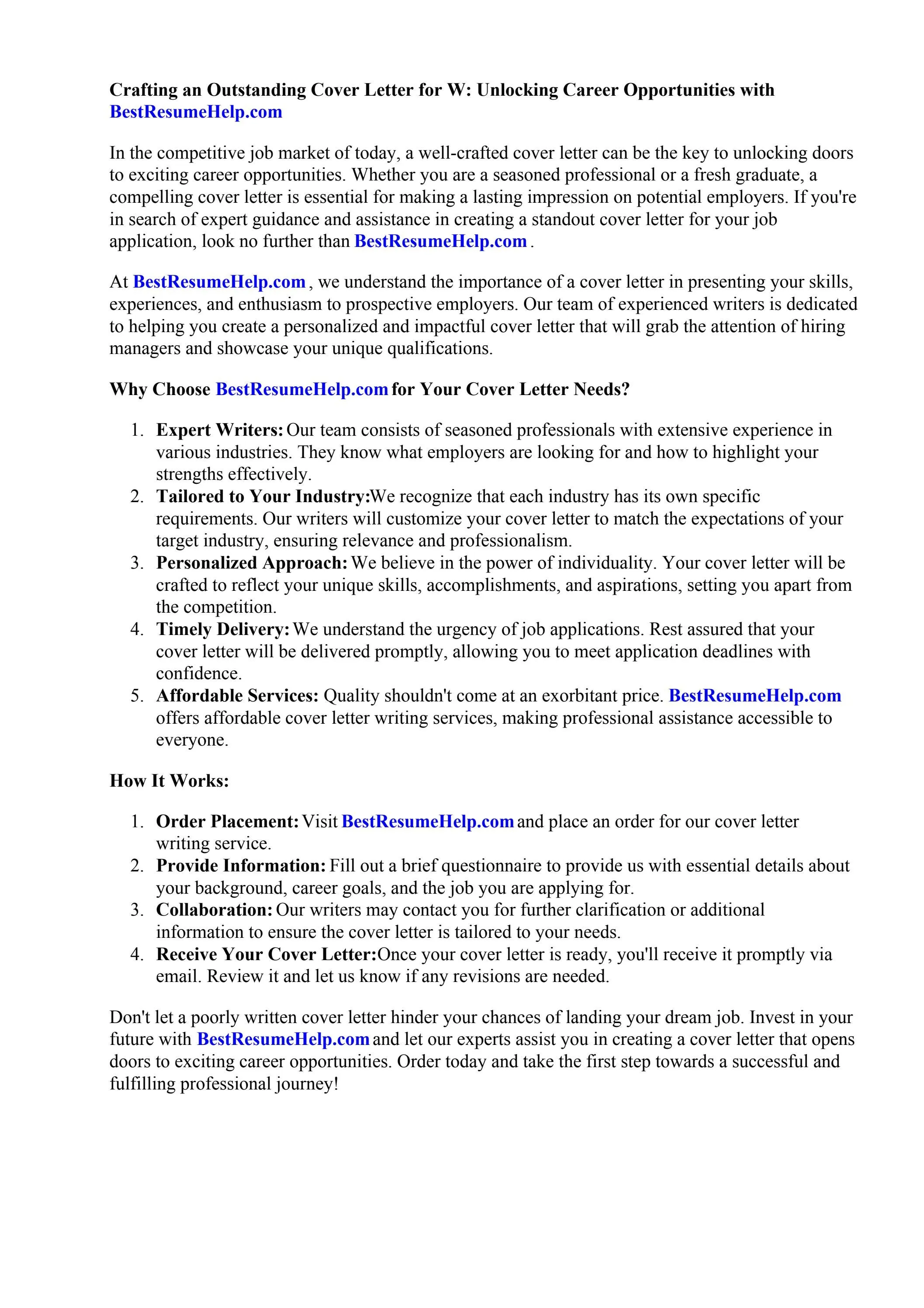
A winning cover letter is more than just a collection of words; it’s a carefully constructed document that presents your work in the best possible light. Each element plays a crucial role, working together to create a compelling case for your submission. These core components, when implemented thoughtfully, will help you craft a letter that grabs the reader’s attention and makes them want to know more. Knowing these essential elements will help you stand out from the crowd.
Contact Information and Date
Begin with your contact information (name, address, phone number, and email) at the top left or right corner of the page. Include the date directly below this information. This ensures the recipient knows how to reach you and establishes the letter’s relevance.
The Editor or Agent’s Name and Title
Always address the recipient by name. If possible, research the editor or agent’s preferred title and use it. A personalized approach shows that you’ve done your homework and are genuinely interested in submitting to that specific person or publication. Generic greetings, like “To Whom It May Concern,” are a sign of laziness and can often lead to rejection. Find the right person and speak directly to them.
The Hook — Grab Their Attention

Start with a compelling opening that captures the reader’s interest. This could be a brief, intriguing sentence about your work, a relevant quote, or a surprising fact that piques their curiosity. The goal is to make the recipient want to read further. This first sentence is the key to keeping the editor or agent interested. Don’t waste this space with formalities. Get to the point, and offer something of value immediately.
Highlighting Your Work
This is where you showcase your submission. Be clear, concise, and enthusiastic. Provide a brief overview, highlighting the genre, length, and key themes. Tailor your description to the specific publication or agent. Focus on what makes your work unique. The goal is to provide enough information to pique interest without giving away the entire story. You want the reader to want more.
Briefly Summarize Your Submission
Provide a succinct summary of your manuscript, focusing on the main plot points, characters, and overall message. Keep it concise, usually within a few sentences. Highlight the central conflict and what makes your story compelling. Avoid revealing the entire plot; instead, focus on the elements that will intrigue the reader.
Showcase Your Unique Voice and Style
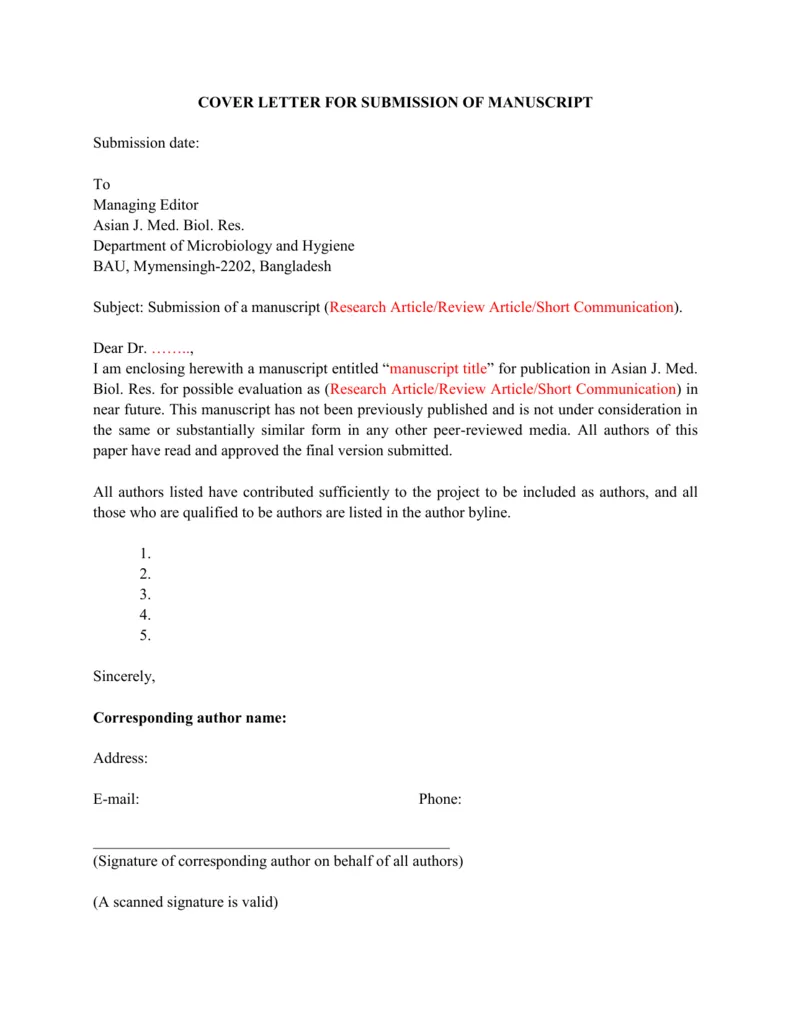
Describe the unique elements of your writing style. Is your prose lyrical? Are you known for your witty dialogue? Highlight what sets your work apart from others in your genre. This helps the agent or editor understand your voice and how it might fit within their existing portfolio.
Mention Relevant Publications or Awards
If you’ve been published before, or have received any writing awards, be sure to mention them here. This adds credibility and demonstrates your experience. Even small accolades can give you an edge. Always be accurate and honest in your claims.
Your Authorial Credentials
Briefly mention your relevant experience or qualifications. This section is where you establish your credibility. The goal here is to present yourself as a professional writer. While you may not need to list your entire writing resume, you should definitely include any pertinent facts.
Previous Publications or Experience
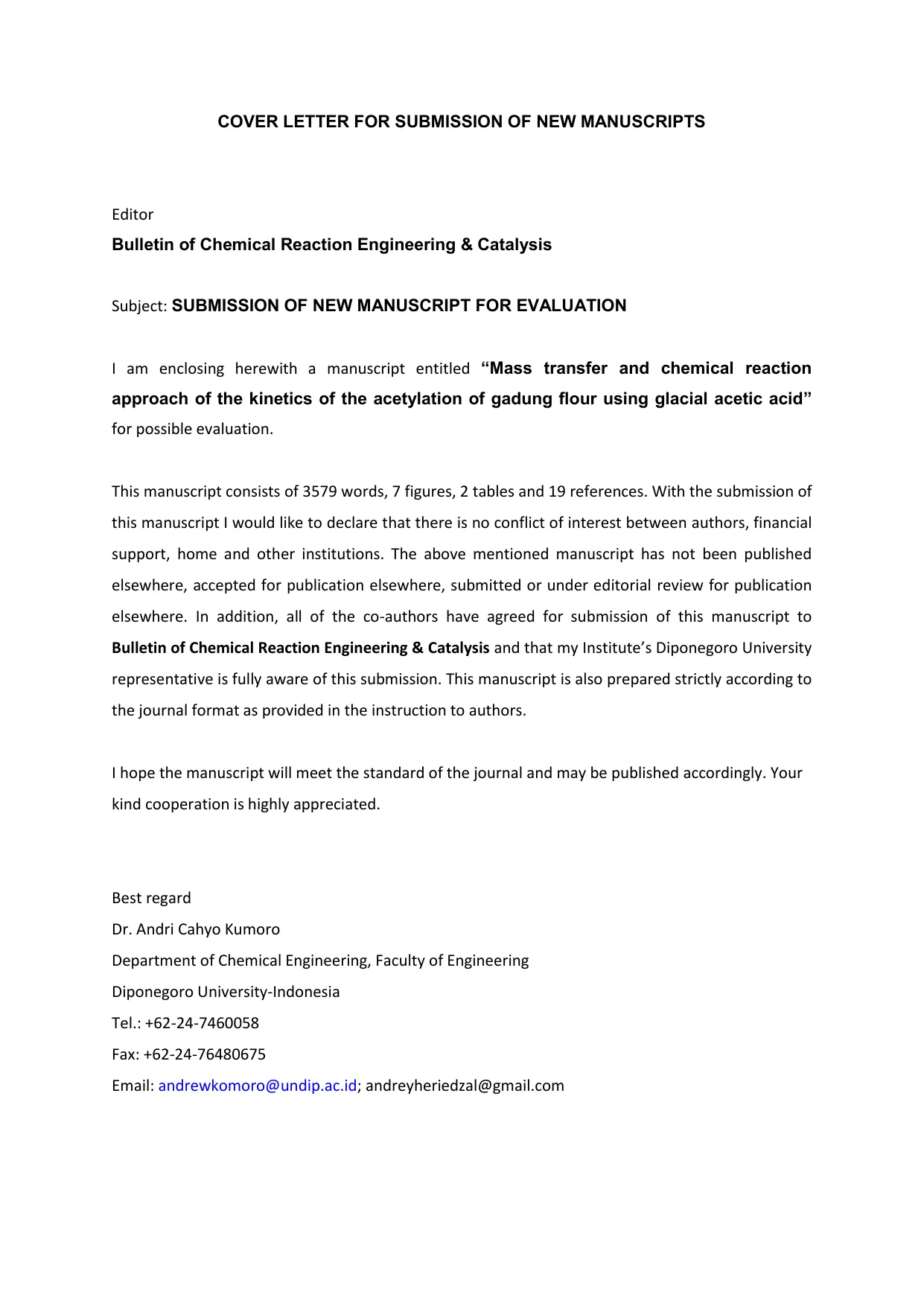
If you’ve been previously published in journals, magazines, or other publications, list them here. This demonstrates your experience and ability to meet deadlines. Providing publication credits shows that you’re familiar with the publishing process. This can reassure the recipient that you understand professional expectations.
Any Relevant Background or Context
Include any relevant background information that adds context to your work. This might involve research you’ve done, personal experiences that have informed your writing, or any other relevant information that will help your work be understood better. Only include what is relevant to the work itself. Don’t include your life story, unless you think it’s relevant.
The Closing
End with a polite and professional closing. Express your gratitude for their time and consideration. Reiterate your enthusiasm for the submission. A strong ending leaves a positive final impression.
Expressing Gratitude and Anticipation
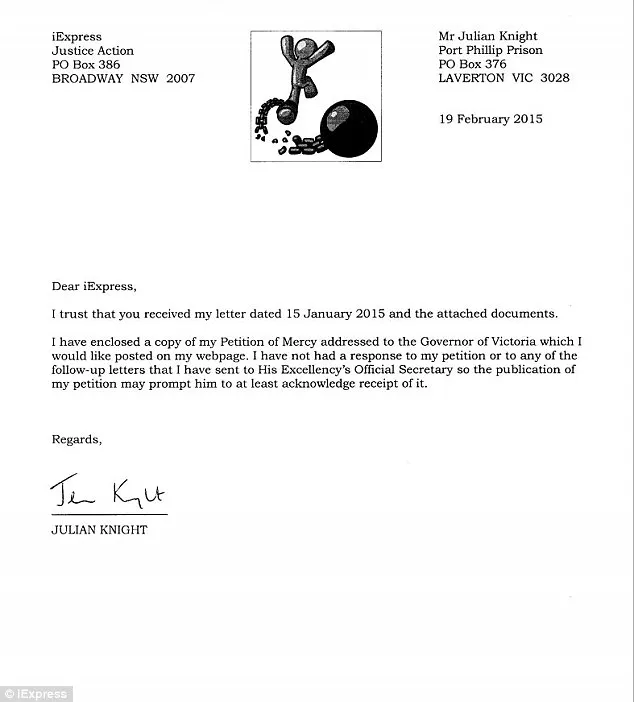
Thank the recipient for considering your work. Express your excitement at the prospect of them reading it. Show genuine appreciation for their time and attention. Remember, editors and agents receive hundreds of submissions, so express sincere gratitude.
Offering to Provide More Information
Offer to provide any additional information they might need, such as a synopsis, sample chapters, or references. Make it easy for the recipient to take the next step. Make yourself available to answer any questions, and demonstrate your professionalism and eagerness.
Formatting and Presentation Tips
The format of your cover letter matters. Proper formatting demonstrates professionalism and respect for the recipient’s time. Pay attention to details like font, spacing, and length. A well-formatted letter shows you care.
Font and Style
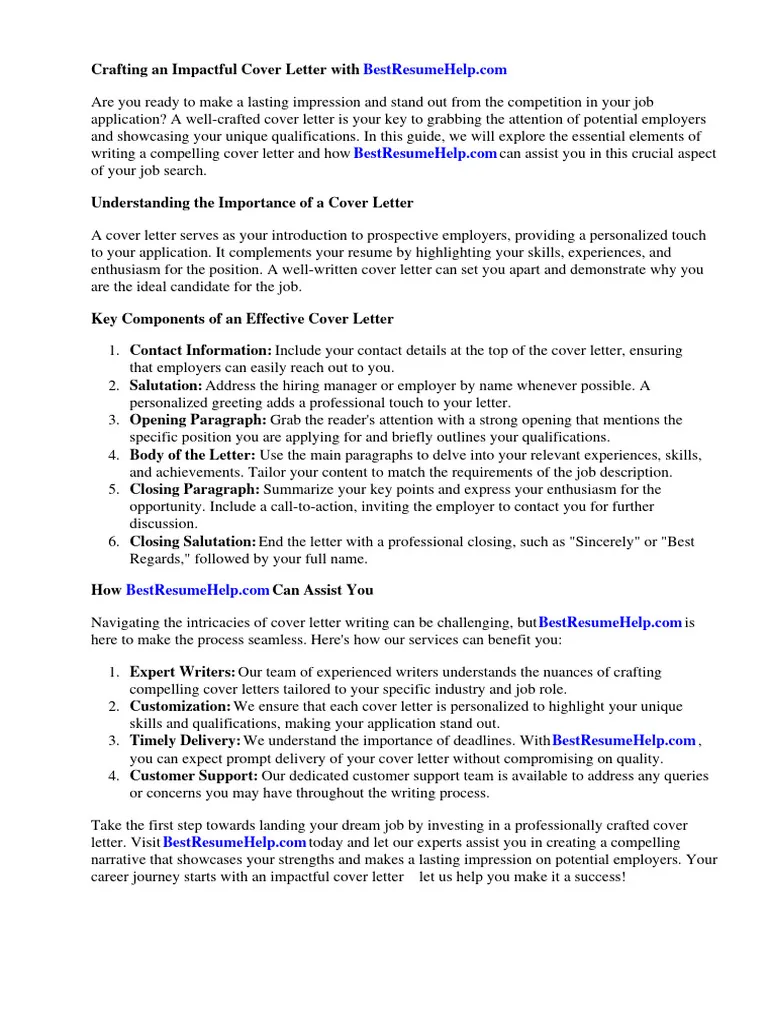
Choose a clean, easy-to-read font like Times New Roman, Arial, or Calibri. Use a standard font size (11 or 12 points). Keep your style consistent throughout. Avoid using unusual fonts, as they can distract the reader.
Length and Tone
Aim for brevity. Your cover letter should be no longer than one page, ideally around 250-300 words. Maintain a professional yet engaging tone. Your goal is to create a connection while demonstrating your abilities. Avoid sounding overly formal or casual.
Proofreading and Editing
Before submitting, proofread your cover letter meticulously. Check for typos, grammatical errors, and awkward phrasing. Consider asking a trusted friend, colleague, or writing group member to review it. A polished cover letter is essential.
Common Mistakes to Avoid
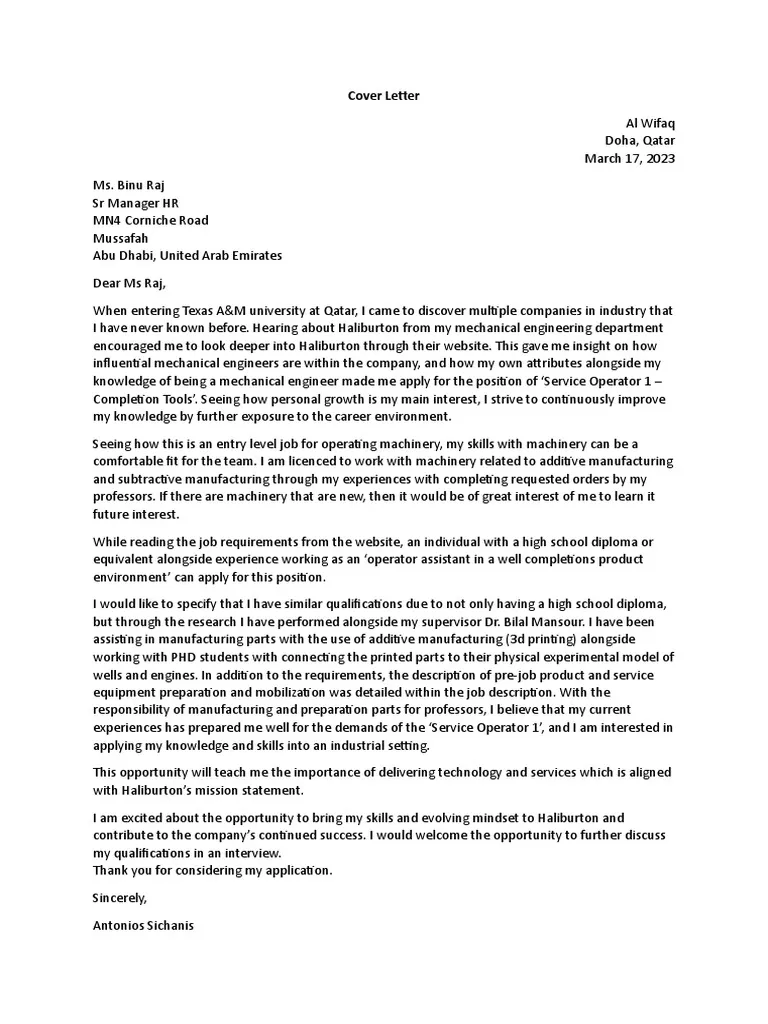
There are common pitfalls that can undermine your cover letter. Knowing these mistakes can help you create a submission that succeeds. Always be sure to be professional and respectful of the people reading your cover letter.
Generic Letters
Avoid using generic cover letters that can be sent to multiple recipients. Tailor each cover letter to the specific editor, agent, or publication. Show that you’ve researched their work and understand what they’re looking for. Personalized letters are more likely to be well-received.
Typos and Grammatical Errors
Typos and grammatical errors are a major turnoff. Always proofread your work carefully. Use spell-check and grammar-check tools, but don’t rely on them entirely. Get a second pair of eyes to review your letter. Errors make you seem unprofessional.
Lack of Personalization
Failing to personalize your cover letter shows a lack of interest in the recipient. Research the editor or agent and tailor your letter to their specific preferences. Reference their previous work, or mention something you admire. This demonstrates that you care and have done your research.
Where to Submit Your Cover Letter
Always follow the specific submission guidelines provided by the publication or agent you are targeting. This includes preferred file formats, required content, and any other specific instructions. Ignoring these guidelines is a surefire way to get your submission rejected. Research the submission guidelines, and follow them meticulously.
Writing a winning cover letter for literary submissions is crucial for increasing your chances of success. By following these guidelines and paying attention to detail, you can create a cover letter that captures attention, showcases your work, and helps you achieve your publishing goals.
